序
时隔三个月,再次拿起我的键盘。
前言
ruoyi-vue是若依前后端分离版本的快速开发框架,适合用于项目开始搭建后台管理系统。本篇文章主要介绍其验证码实现的思路。
一、实现思路简介
1、后端会生成一个表达式,比如
1 + 2 = ? @ 3,以@符号为分隔符,前面是问题,后面是答案。
2、将问题转换为流,生成表达式图片之后,把图片传到前端进行展示。
3、会生成一个uuid当成key,答案当成value,存进redis缓存数据库中。
4、uuid也会一起传到前端进行隐藏域(input)存储。
5、用户根据问题,把答案填写到表单中,将答案和uuid一起传回后端。
6、根据传回的uuid去redis中拿到正确答案,将用户答案和正确答案进行对比,若相同则验证码正确,否则失败。
7、验证码正确则验证用户名和密码,否则刷新验证码重新填写答案进行验证。
二、后端
2.1 接口位置
后端验证码生成接口在CaptchaController控制器中,如图:

代码如下:
/**
* 生成验证码
*/
@GetMapping("/captchaImage")
public AjaxResult getCode(HttpServletResponse response) throws IOException
{
AjaxResult ajax = AjaxResult.success();
boolean captchaEnabled = configService.selectCaptchaEnabled();
ajax.put("captchaEnabled", captchaEnabled);
if (!captchaEnabled)
{
return ajax;
}
// 保存验证码信息
String uuid = IdUtils.simpleUUID();
String verifyKey = CacheConstants.CAPTCHA_CODE_KEY + uuid;
String capStr = null, code = null;
BufferedImage image = null;
// 生成验证码
String captchaType = RuoYiConfig.getCaptchaType();
if ("math".equals(captchaType))
{
String capText = captchaProducerMath.createText();
capStr = capText.substring(0, capText.lastIndexOf("@"));
code = capText.substring(capText.lastIndexOf("@") + 1);
image = captchaProducerMath.createImage(capStr);
}
else if ("char".equals(captchaType))
{
capStr = code = captchaProducer.createText();
image = captchaProducer.createImage(capStr);
}
redisCache.setCacheObject(verifyKey, code, Constants.CAPTCHA_EXPIRATION, TimeUnit.MINUTES);
// 转换流信息写出
FastByteArrayOutputStream os = new FastByteArrayOutputStream();
try
{
ImageIO.write(image, "jpg", os);
}
catch (IOException e)
{
return AjaxResult.error(e.getMessage());
}
ajax.put("uuid", uuid);
ajax.put("img", Base64.encode(os.toByteArray()));
return ajax;
}
三、前端
3.1 代码位置
前端代码在login.vue文件中,如图:

获取验证码代码如下:

提交表单代码如下:

总结
若依的验证码实现思路十分通俗易懂,值得大家研究学习!
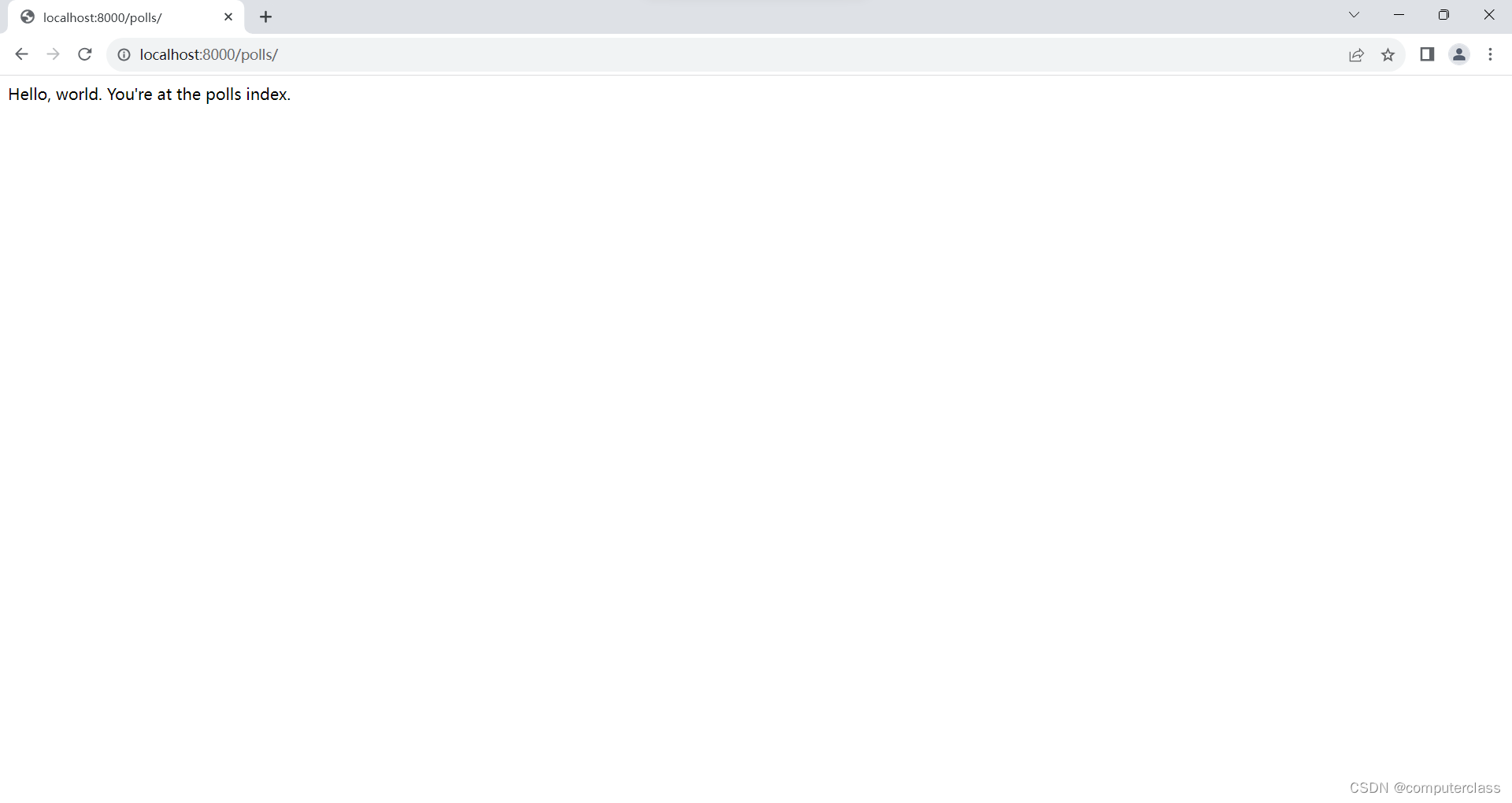
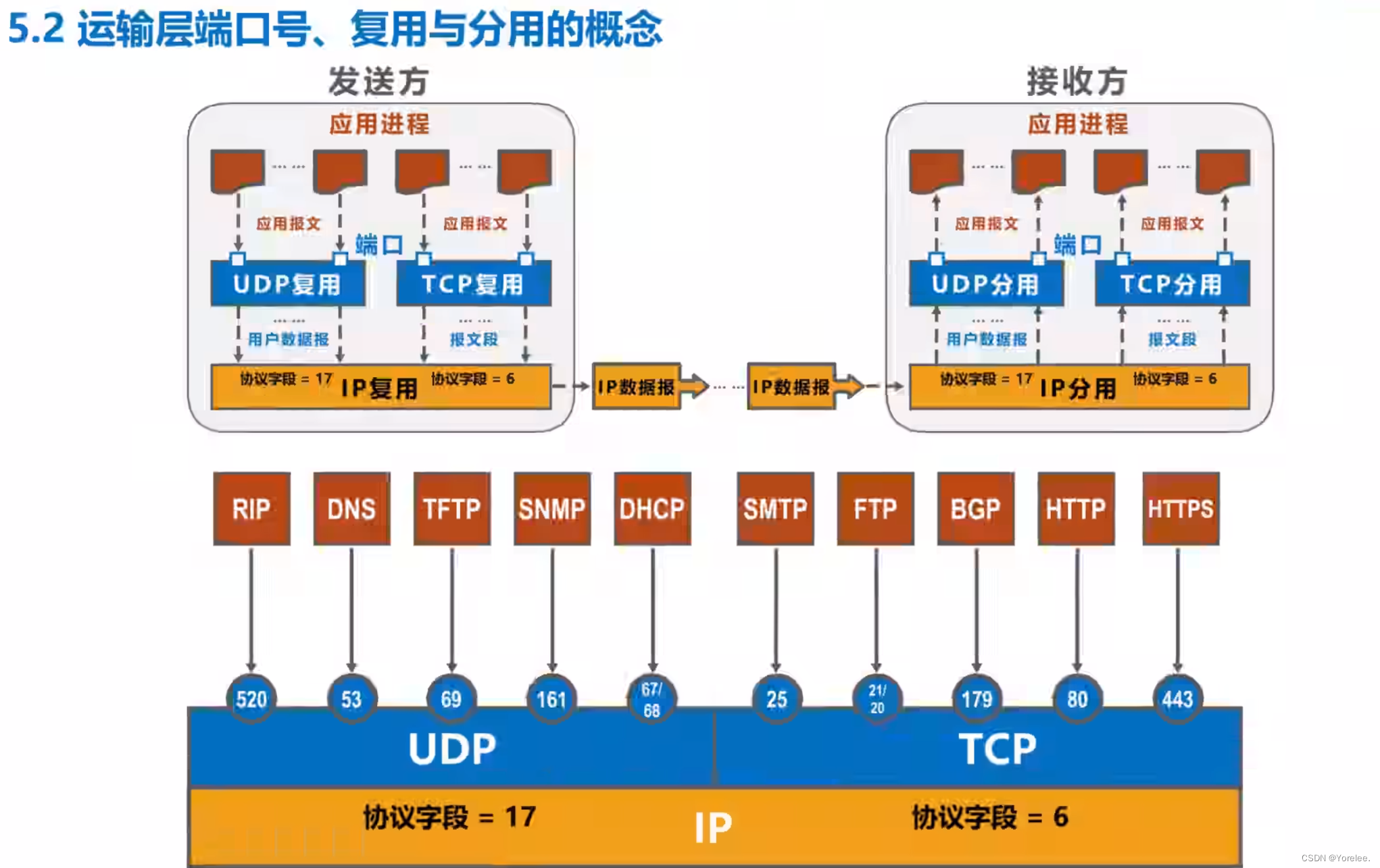
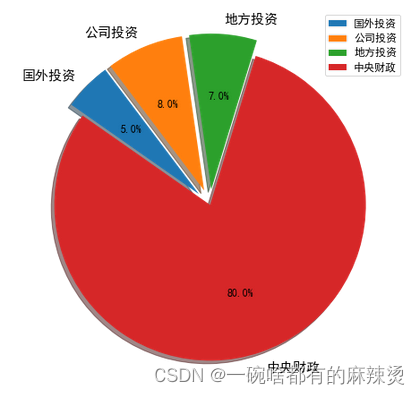
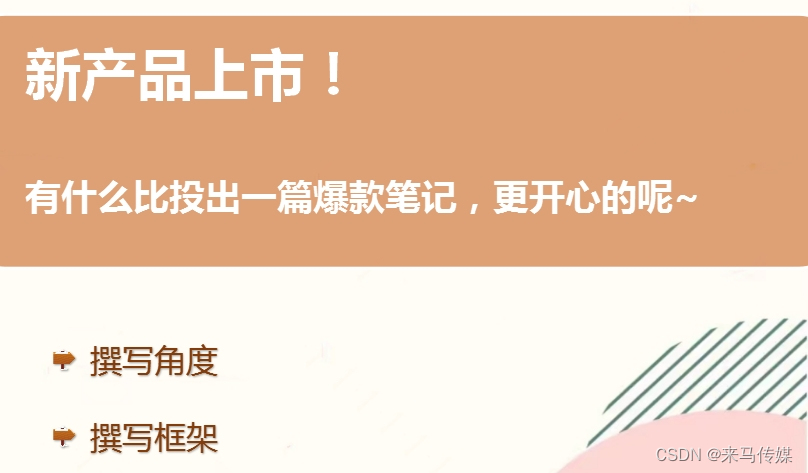
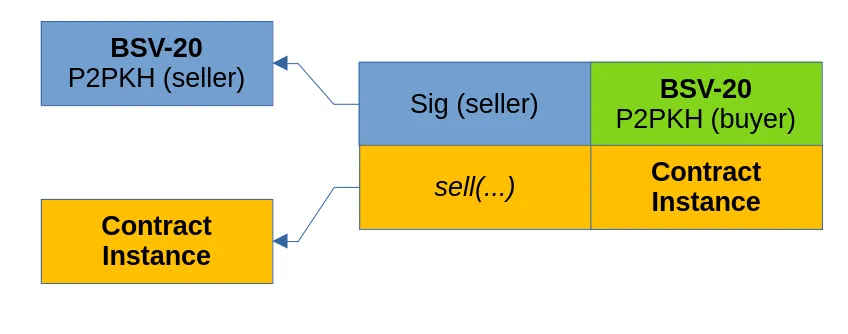
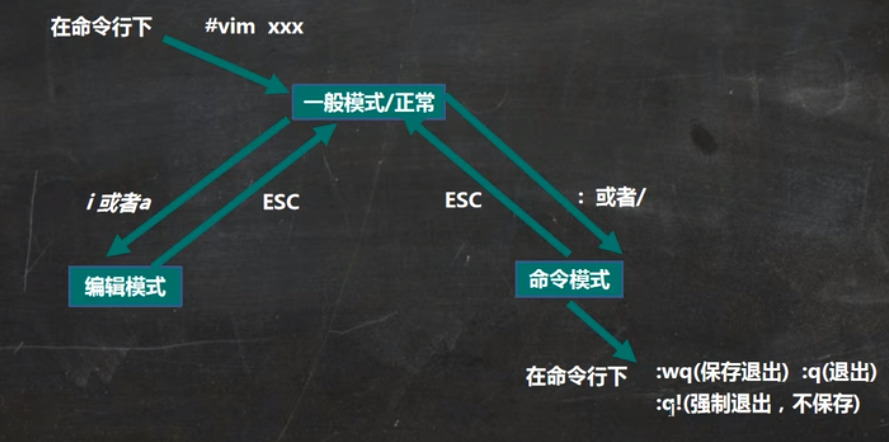

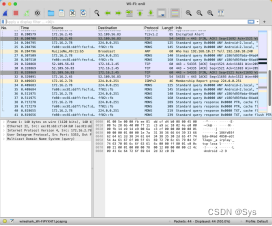
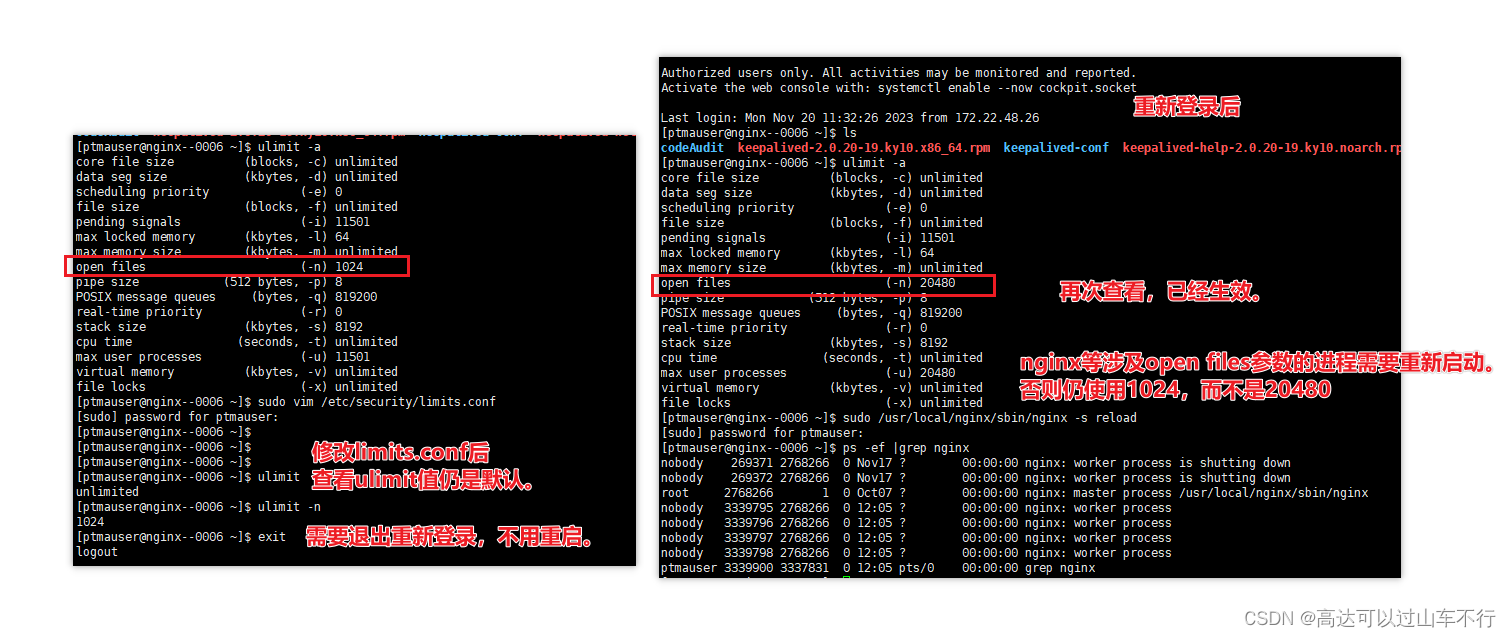
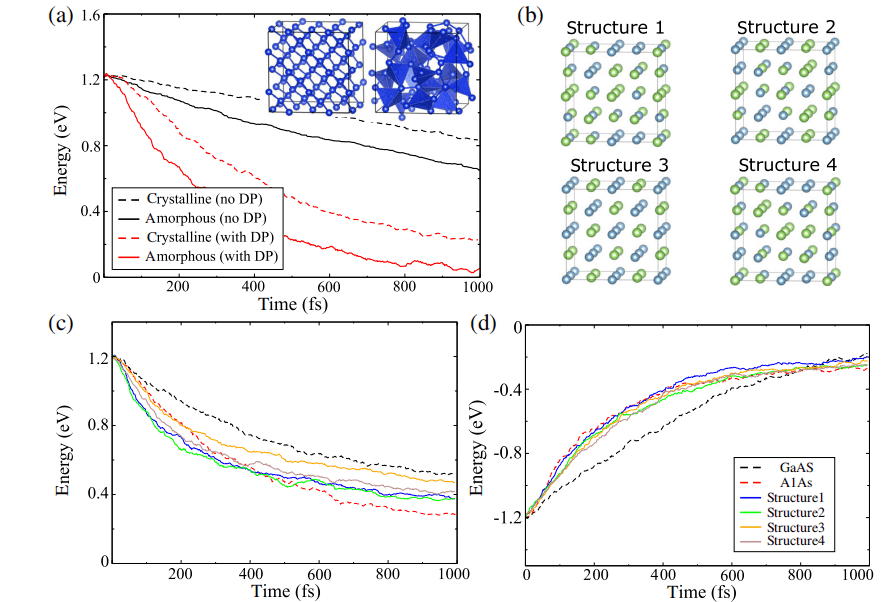
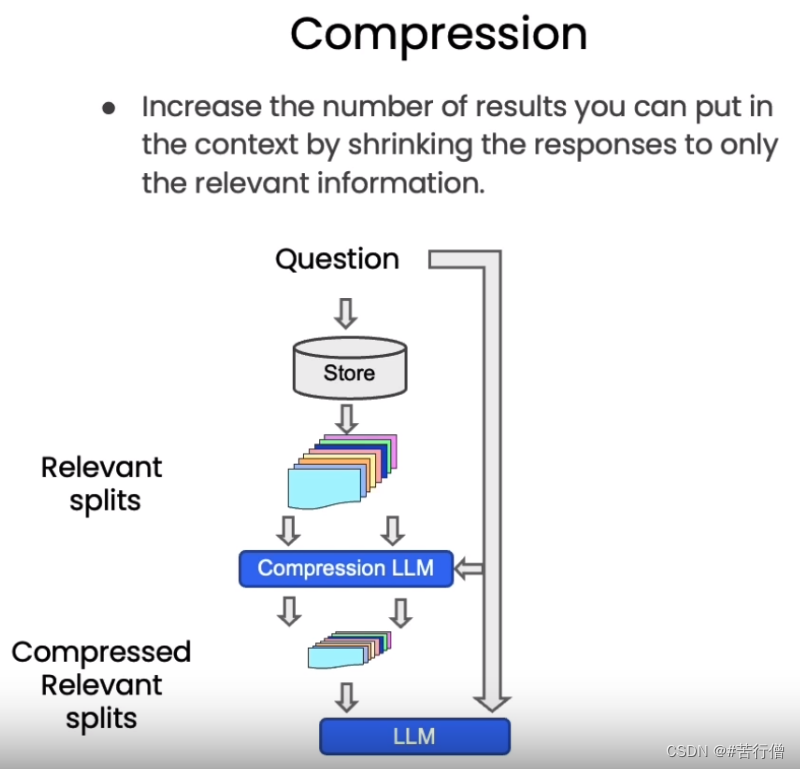
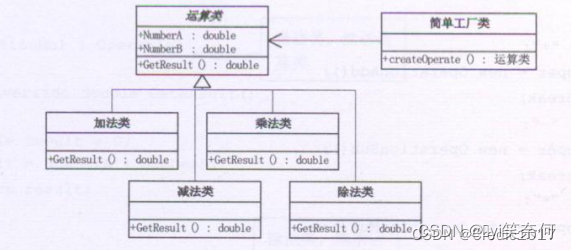

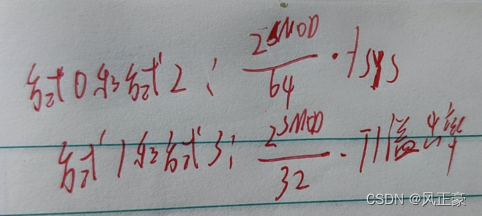
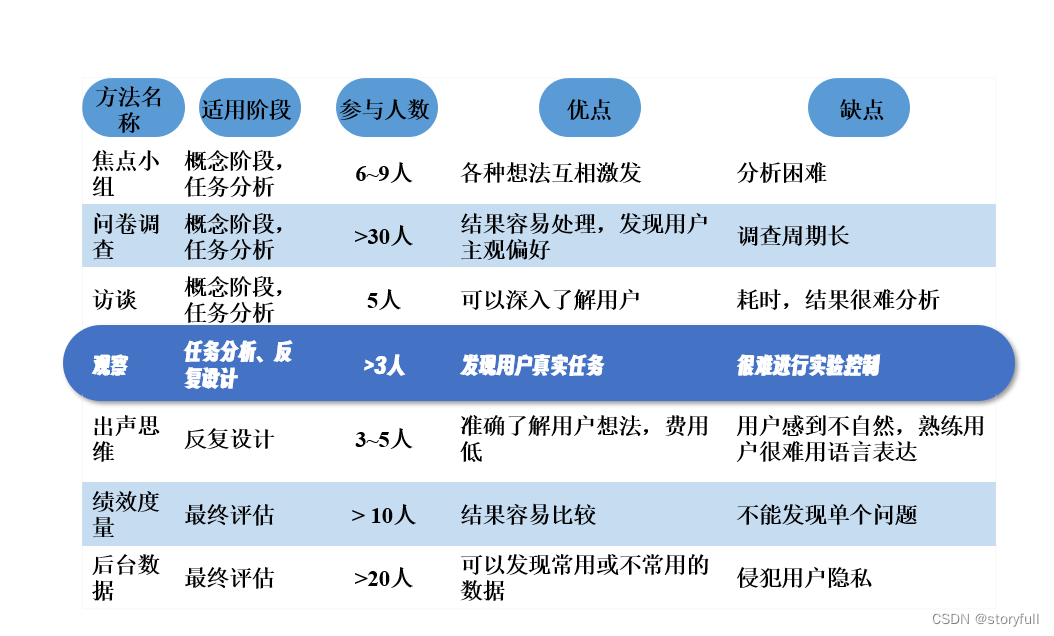

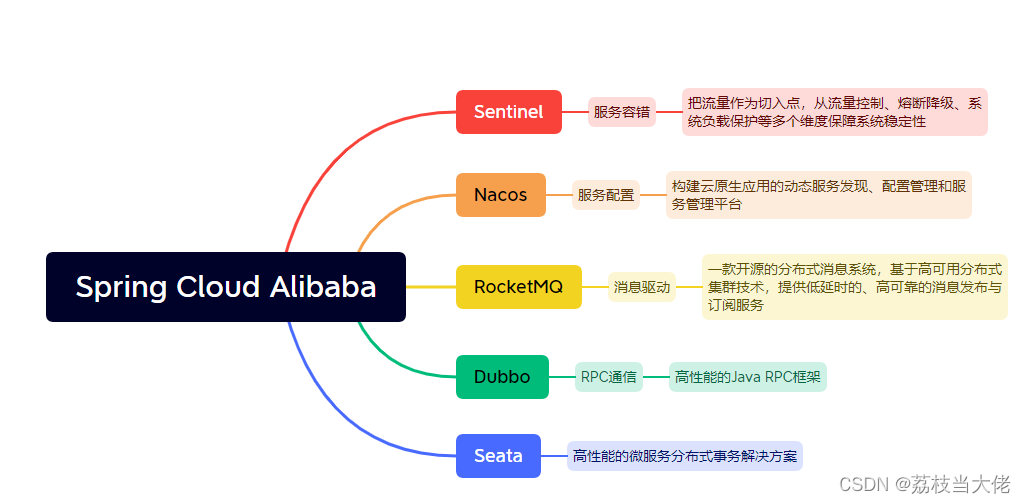

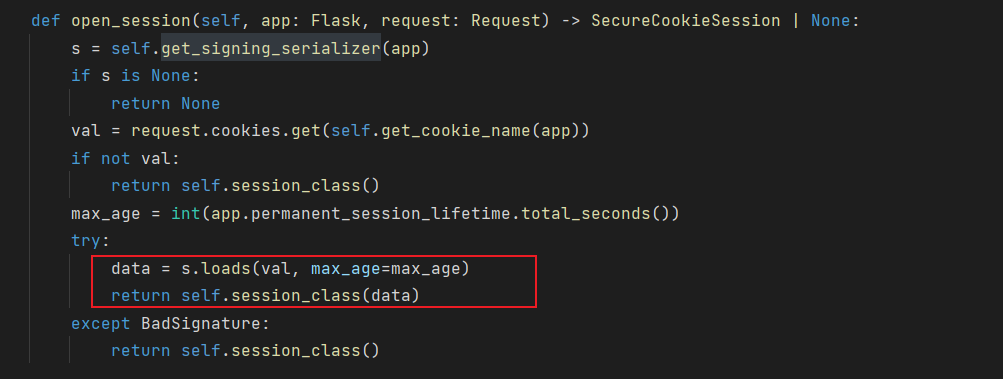
![[黑马程序员SpringBoot2]——开发实用篇2](https://img-blog.csdnimg.cn/c40032139270428b875922c903517c31.png)